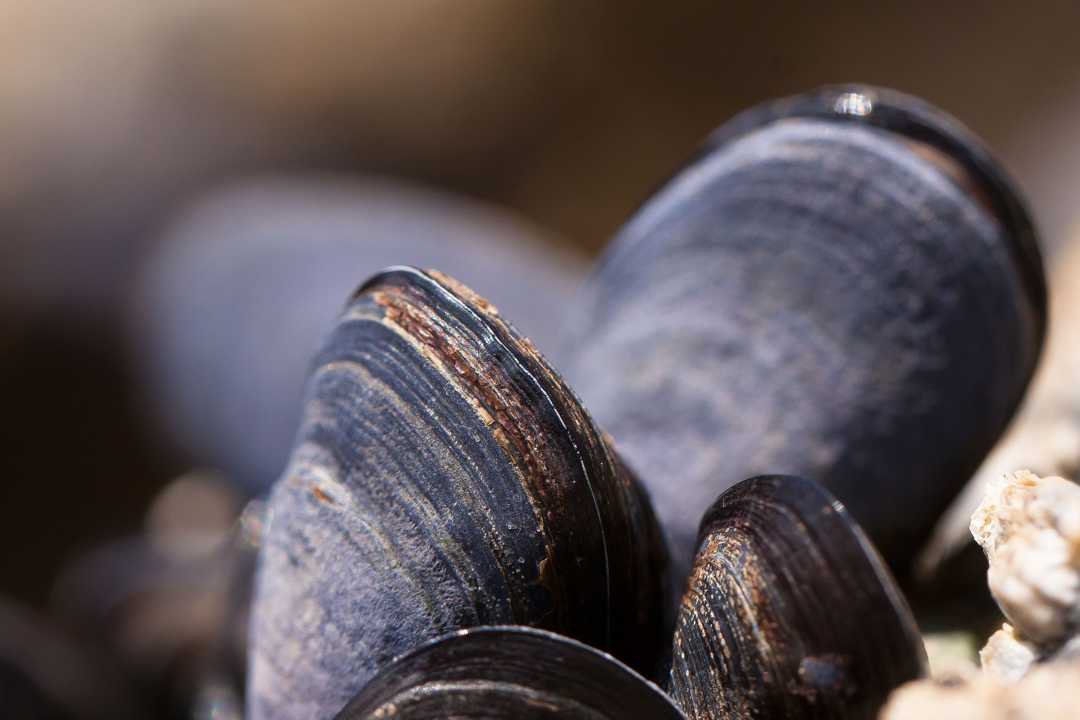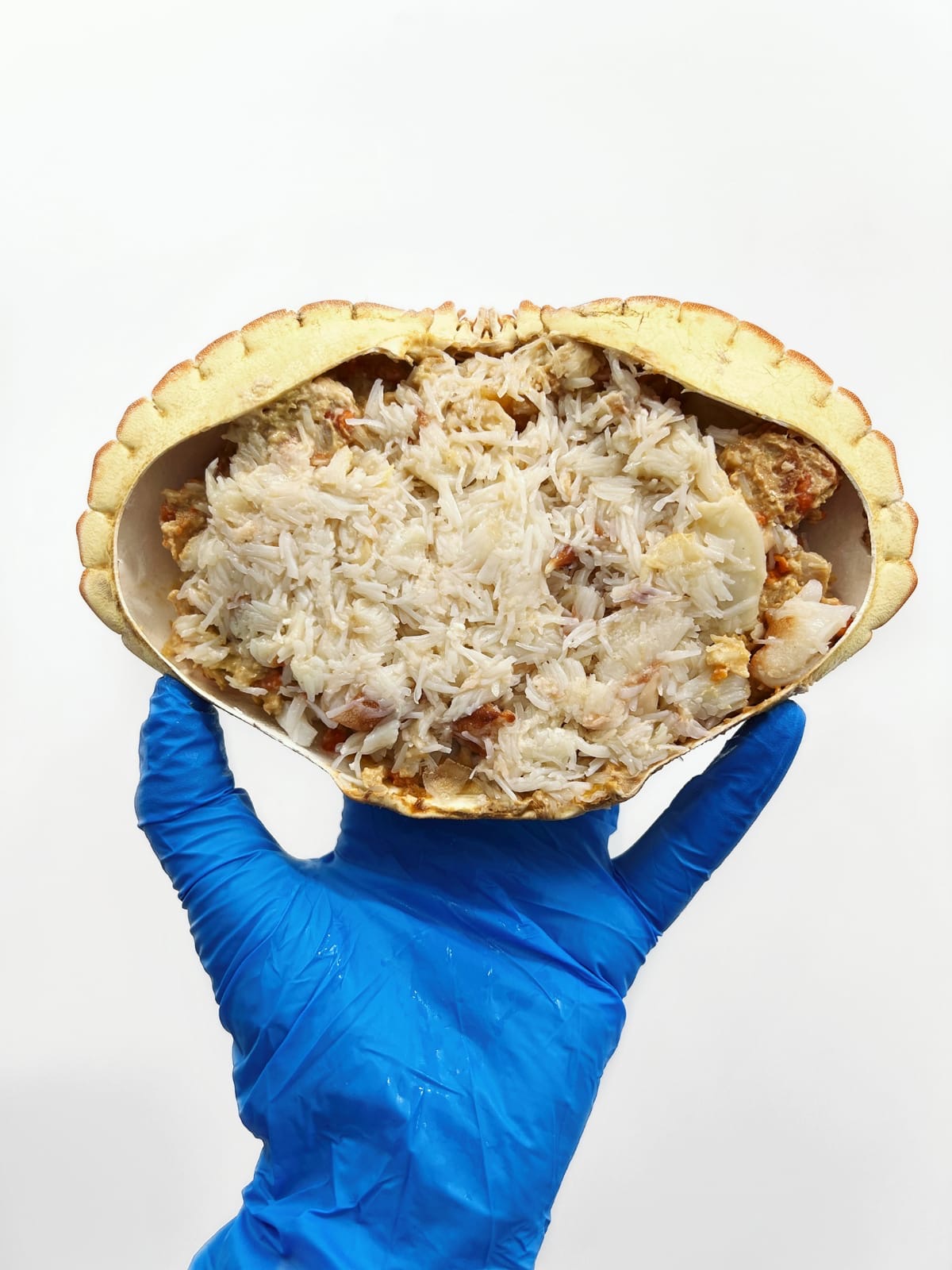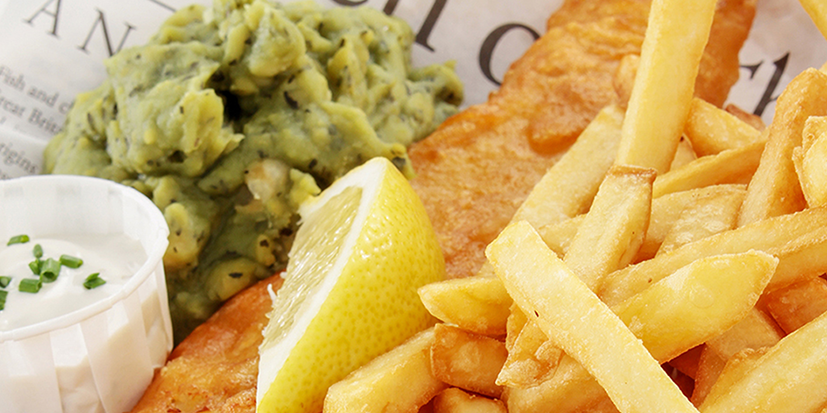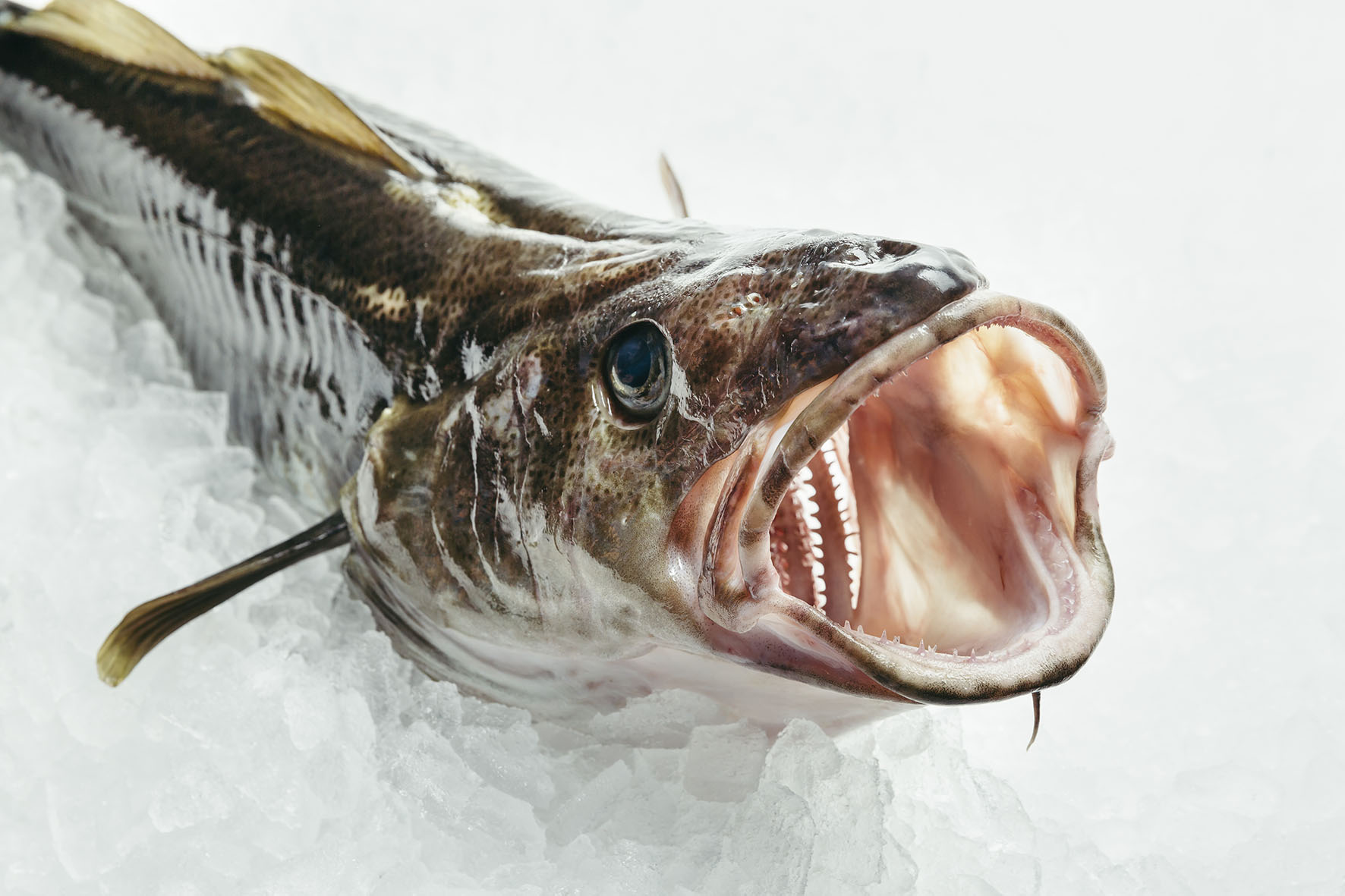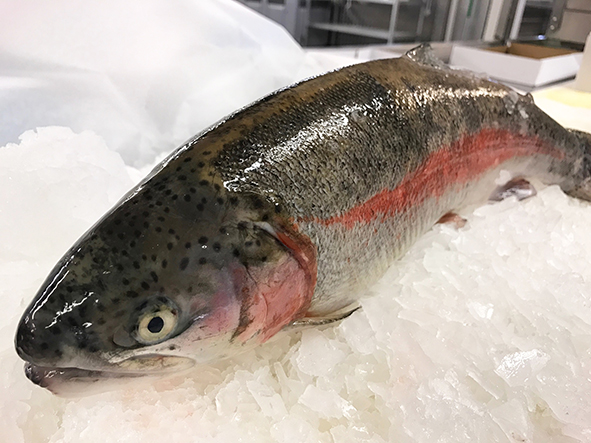Welcome to the winter 2025 newsletter, which aims to cover the December to February period for the supply of fresh and frozen fish and seafood. This is the most volatile season of the year as we deal with a perfect storm of peaks and troughs in seasonal demand, reduction in fishing effort due to the Christmas break, and many flat fish entering their spawning season in January.
The recent Marine Conservation Society (MCS) updates bring some good news and some less positive news for some of our key species. Whitefish supplies have been particularly hard hit in 2025. Another 20% reduction in the previously huge Bering Sea quota signifies extreme anxiety regarding the sustainability of our favourite North Atlantic cod. As a result of this cut in quota, the MCS have now rated most Bering Sea cod a 5 (red rated fish to avoid). This will affect many UK suppliers who rely on this species landed in Norway and processed in China. With the challenges in supply, we have undertaken a project to source many of these frozen lines in the alternative MSC certified Pacific Cod. This is MCS 2 rated and offers a suitable alternative for the sustainability conscious customer. We should confirm, at this juncture, that that all our fresh caught Icelandic cod will remain 3 rated or 2 rated if MSC certified. Another white fish that has suffered a down grade from a 2 since losing MSC certification is our North Sea coley which is mainly landed in Scotland. This will now be an MCS 4, affecting overall volumes of available sustainable white fish. There is coley available from other areas (Iceland and Norway for example) which carry better ratings. Haddock caught off the South coast of the UK will now be 5 rated as well as some Norwegian haddock out of the Bering Sea which will be 4 rated. We are, however, well placed to continue sourcing beautiful fresh haddocks out of Iceland and Scotland which will remain either 2 or 3 rated. Unfortunately, another great UK favourite, the lemon sole, is due a downgrade from a 3 to a 4 or 5 rating leaving only dover sole or megrim sole as great alternative single portion flat fish. Most UK landed plaice also faces downgrades to either 4 or 5 ratings, other than Scottish North Sea plaice or West country trawled plaice which will remain 2 and 3 rated respectively. Finally Baltic sprats which are more commonly known as whitebait are now rated 4.
On a more positive note, and a great triumph that goes to show how positive management plans can help rebuild a stock, wild caught sea bass from the most common areas around the UK will now be 2 rated, whether line caught or trawled. Several scallop fisheries that were previously 4 or 5 rated will now be 3 rated. This means it will be easier for us to ensure we are sourcing the most sustainable UK caught scallops Fiinally, after a number of years with no rating, the MCS have rated our beautiful MSC North Sea Shrimp a 2 rating.
Seafood consumption is in decline, and the changes in sustainability rating for some much-loved species is far from ideal. At the recent UK Seafood Federation Conference on Seafood Consumption, several speakers highlighted the reasons why we should be eating more seafood – not less. This includes the health benefits such as preventing cardiovascular disease, reducing heart disease, and supporting cognitive function through Omega-3 fatty acids. Seafood also offers leaner, more efficient protein sources than meat. It is second only to poultry as the largest source of protein. Whilst the UK consumer continues to rely on the big 5 (salmon, cod, haddock, prawns, and tuna), we run the risk of further decline due to the price barrier of some of these core species in the current climate. More than ever, we need to diversify our tastes to other species – both to protect those under pressure and to ensure that we are enjoying all the health benefits of eating at least 2 portions of fish a week.
Natalie Hudd, Director of Sales, Direct Seafoods.


